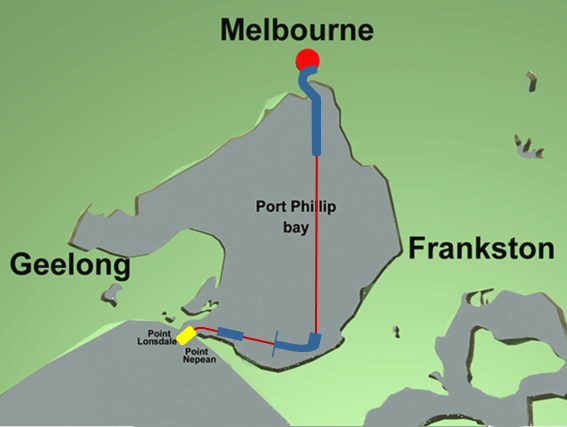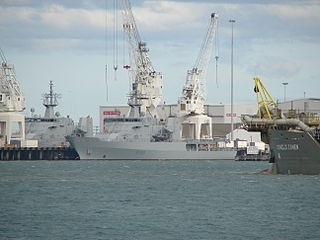Project examples and cases
Channel Deepening Project Melbourne



The Port of Melbourne is Australia’s largest container and general cargo port, with 37% of Australia’s container trade. By 2035 the Port aims to expand considerably, increasing the number of containers fourfold, and accommodating vessels up to 7,000 twenty foot equivalent units (TEUs). For this expansion, parts of the access channels to Melbourne in Port Phillip Bay had to be deepened in an environmentally sustainable way. To achieve this major expansion, the Port of Melbourne sought a relationship with a Contractor of shared responsibility and risk. An Alliance form of contract was chosen because it was found that commitment to such an arrangement gives the best opportunity for the delivery of outstanding outcomes regarding time, budget, safety and environmental performance. The contract was signed in May 2004 between Port of Melbourne Corporation (PoMC) and Boskalis Australia Pty Ltd.
Alliancing is a proven infrastructure procurement method that is being used by governments across Australia alongside other methods to deliver infrastructure to the community. In alliancing, a public sector agency delivers the project collaboratively with private sector parties in procuring major capital assets, and agrees to take uncapped risks and share opportunities. The key benefits of alliance contracting are the incentives it provides to the parties involved to work cooperatively to complete the project within the time and budget forecasts, to find the best solutions for the project (rather than for their own interests), and to work quickly and collaboratively to resolve issues as they arise. In alliancing, the project team is integrated; it is required to act in good faith, with integrity, keep to certain principles (such as ‘no blame’) and make unanimous decisions and recommendations on all key project issues. The concept of collective assumption of risk applies in alliance contracts where the alliance Participants bear all risks equitably (although not always equally regarding financial consequences). For complex projects with high risks that cannot be fully dimensioned, alliancing can potentially offer the best procurement strategy for achieving the government’s investment objectives. The alliance approach allows such risks to be worked through collaboratively as the project develops.
An Alliance Contract is based on mutual trust in which the roles, responsibilities and accountabilities of the partners are clearly defined. Furthermore, all decisions by the partners take into account stakeholder interests and are based on full disclosure. For that reason, in Melbourne the Alliance Contract was instrumental in overcoming one of the major non-technical obstacles to the execution of the dredging works: the negative reactions of some stakeholders in the vicinity of Port Phillip Bay. On-going discussions and the emergence of a local group of bayside residents who were clearly opposed to the project, eventually led to court action, which temporarily stopped the dredging operations. Working together, with a concerted communications effort to involve the public, the Contractor and PoMC were able to demonstrate the environmentally sound dredging methodology. This educational campaign included public hearings, an information programme and school presentations. It also included extensive monitoring before, during and after the works as well as a multi-level corporate communications campaign. These open and transparent communication efforts played a significant role in reassuring many stakeholders that the channel deepening project could be conducted in a safe and environmentally sustainable manner.
The Alliance Contract signed by PoMC and Boskalis Australia required all actions and decisions to be based on ‘Best for Project’ principles. Considering the difficulties of the sea, the soil and environmental conditions, the project demanded a large investment in Research & Development to find innovative solutions. One of the issues involved responding to a group of local residents who launched a concerted media campaign with the express purpose of ceasing any dredging from occurring.
An important conclusion from the Melbourne project is that the public has the right to transparency. The concerns of the public must also be the concerns of the contractor and client. Economic issues are important, but environmental and social issues are equally important. As a result of multi-disciplinary teams, thorough risk assessments, modelling, monitoring, a good Environmental Management Plan and clear communication about these activities, dredging at the Port has progressed solidly, environmental limits on the whole have been met, the opponents and media are less negative, and the concerns about dredging are more realistically perceived.
More information can be found on project page Melbourne Port Extension – Adaptive Management
